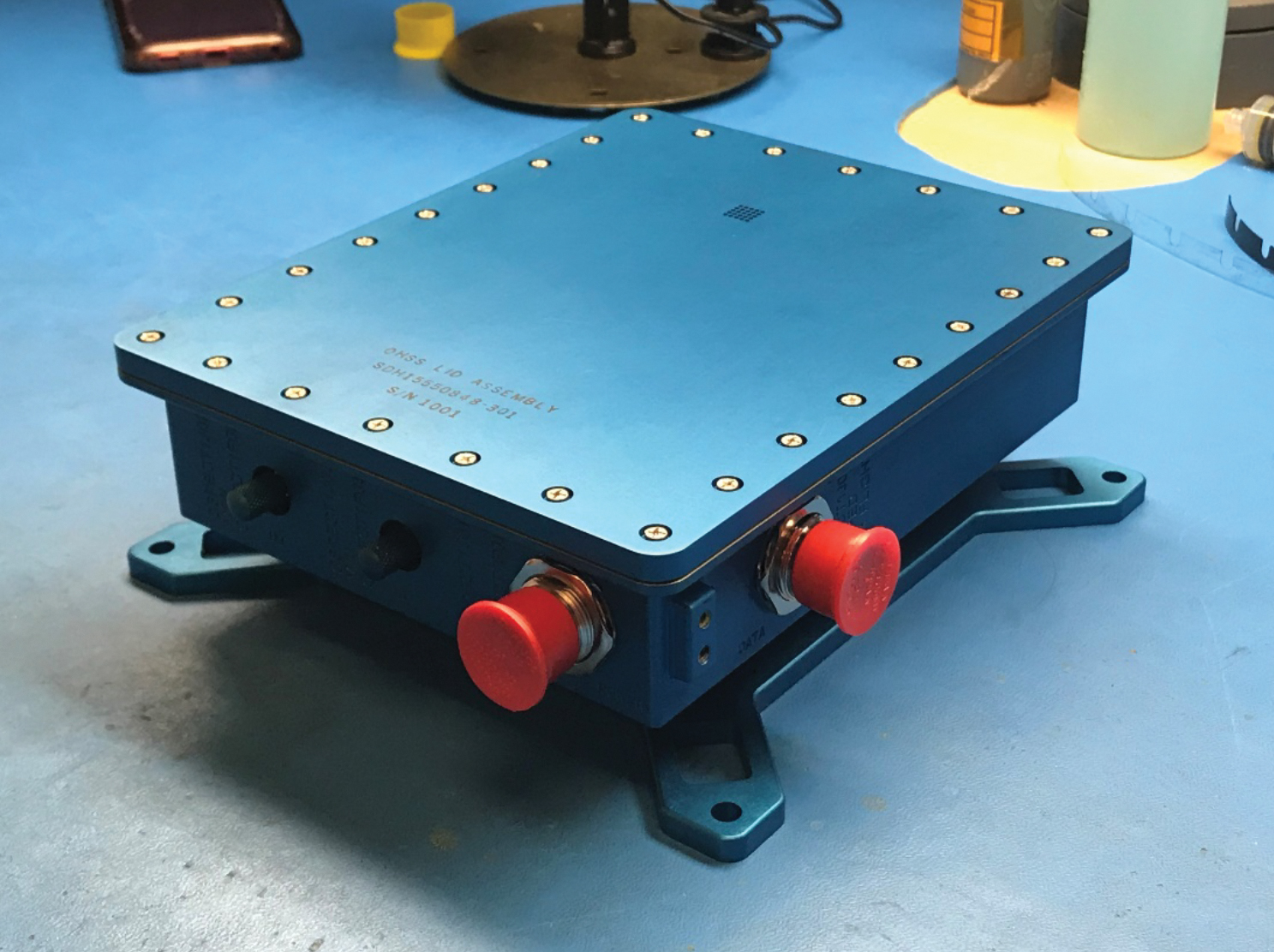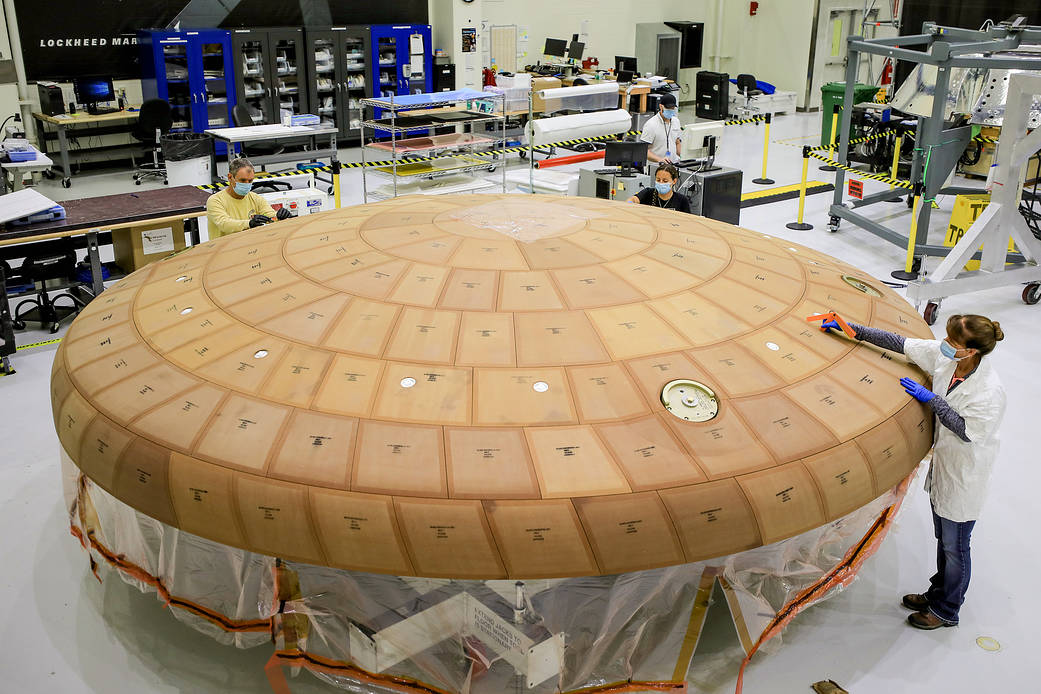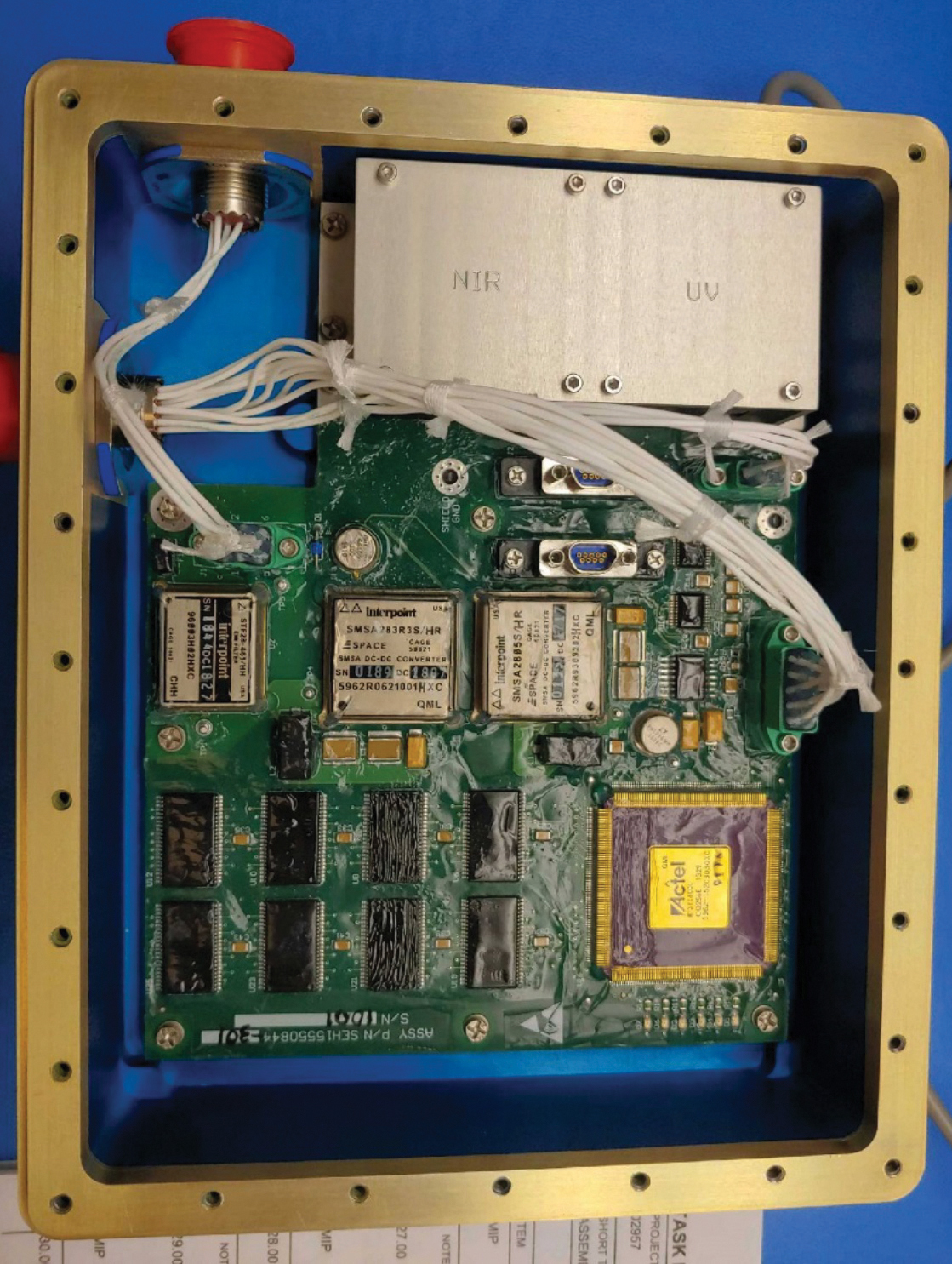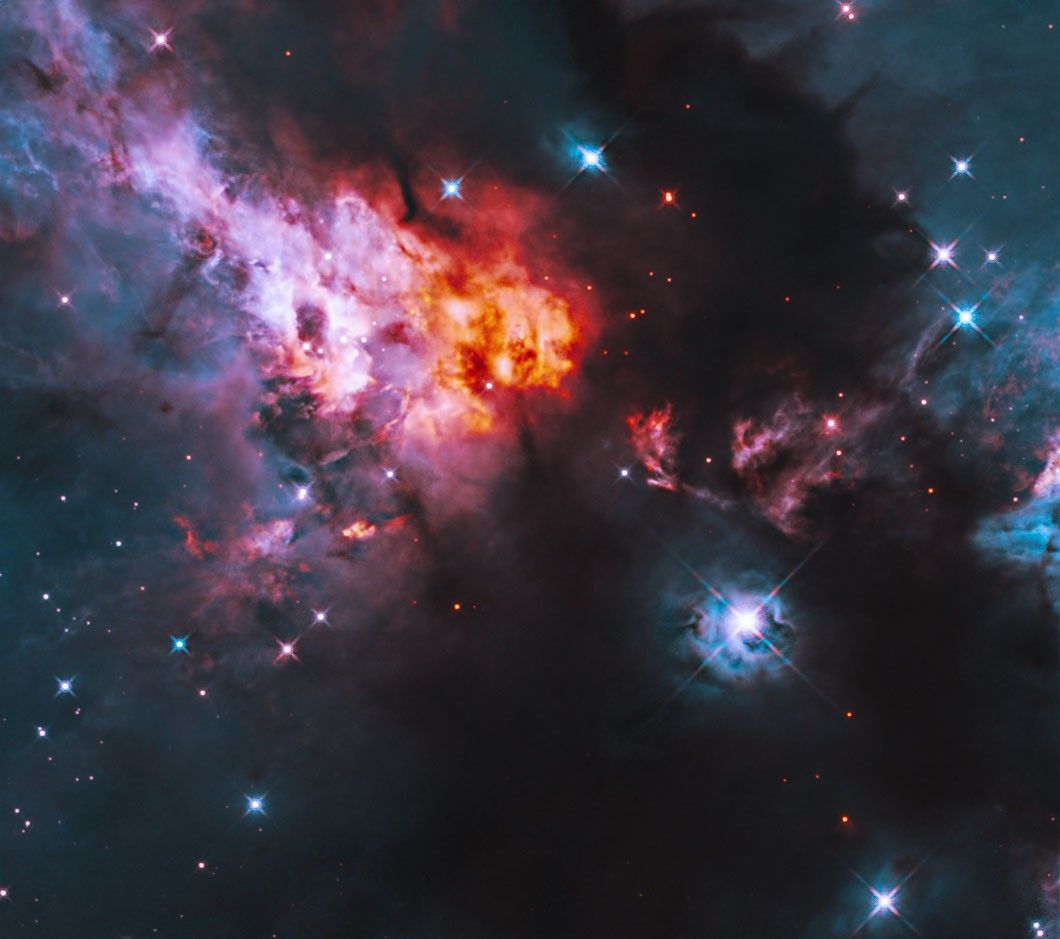As NASA’s human spaceflight centers are busy preparing the Orion spacecraft and its components for the early Artemis missions around the Moon, a NASA aeronautics-focused center is lending a hand.
NASA’s Armstrong Flight Research Center in Edwards, California, is providing system engineering and integration expertise to assist with an Orion heat shield spectrometer system (OHSS). The system will be used during the Artemis II mission, the first crewed mission for NASA’s Orion spacecraft. It will provide valuable data that will be used to enhance astronaut safety. OHSS is also under consideration for use on the Artemis III, IV and V missions.
Armstrong is helping to meet Orion project requirements and verification documentation for the OHSS acceptance data package. In addition, the center provided project support for the system acceptance review.
The heat shield protects the capsule and the astronauts inside from the nearly 5,000 degrees Fahrenheit temperatures, about half as hot at the Sun, experienced when coming home from lunar velocities. The OHSS system is designed to collect shock layer radiation data from the heat shield during atmospheric entry of the Orion crew module, said Patty Ortiz, NASA Armstrong OHSS deputy project manager.
The OHSS will be mounted to a structure outside the Orion pressurized crew module and underneath the backshell thermal protection system, and a fiber optic cable will connect the spectrometers to the heat shield optical sub-assembly. The spectrometer will collect photons created by the super-heated gas in the atmosphere generated by the spacecraft’s entry and collect the data between the infrared and ultraviolet wavelengths. Technicians will retrieve the stored data when the Orion spacecraft returns to Earth, and engineers will use the data to help characterize the flow field around the vehicle.
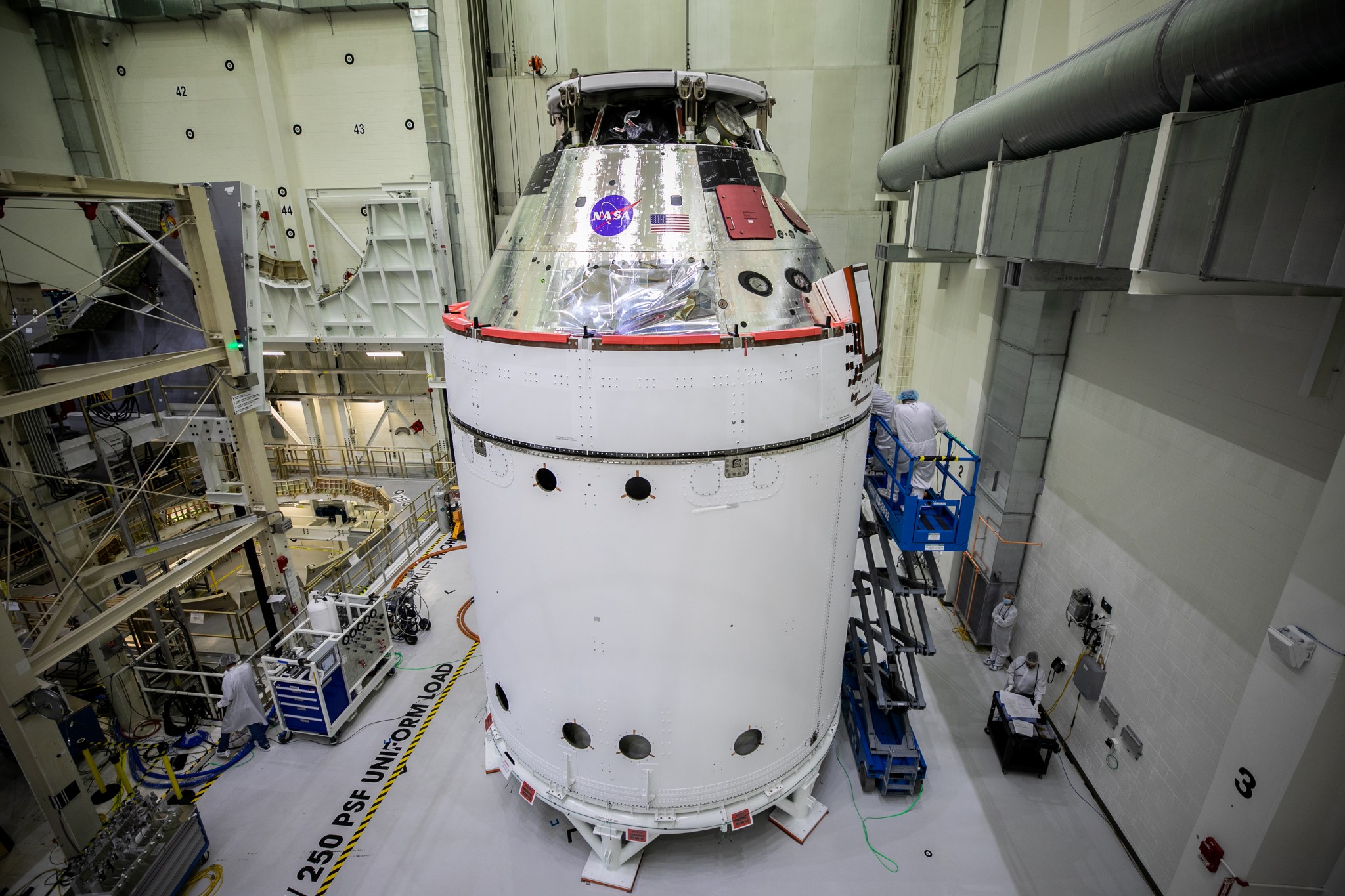
“Current radiometers only measure the integrated radiation environment and flight radiation physics can’t be recreated on the ground,” Ortiz explained. “However, the OHSS will be able to provide more detailed data that will lead to improved computer modeling and heating predictions to validate and improve how researchers understand radiative heating environments like Orion’s re-entry. Improved predictions can allow for potential mass reduction in the heat shield materials and the extension of the design for higher speed entries.”
Armstrong’s role began in November 2019 with systems engineering and integration expertise to verify Orion’s project requirements and to generate verification documentation for the OHSS project. Armstrong also provided project management support to compile the acceptance data package for system acceptance review in November 2020.
Technicians completed work on the system at NASA’s Johnson Space Center in Houston. The OHSS flight unit is complete and has passed about 200 hours of acceptance testing at DynaQual Test Labs in Houston, about an hour north of Johnson. The testing included vibration, thermal cycle and burn-in testing, the process of running the component for an extended time to validate it functions properly. Also included was thermal cycle testing, where the OHSS system was exposed to a range of temperatures to validate its durability.
The unit performed as expected during testing and engineers at Johnson completed additional functional checkouts of the flight unit. Additional checkouts included an inspection for sharp edges and mass and volume measurement prior to packaging the unit for shipping to NASA’s Kennedy Space Center in Florida.
Teams plan to perform a functional check out of the OHSS system at Kennedy in 2021, followed by installation on the Orion spacecraft. They plan to conduct a full end-to-end test of the unit in 2022, which will include additional calibration and check out of the OHSS box, the fiber optic cables and the heat shield optical subassembly.
NASA Armstrong has also supported the Artemis program through a larger role with the Orion’s Ascent Abort-2 on July 2, 2019. That test validated the spacecraft’s launch abort system could safely move astronauts away from the rocket in the event of an emergency during the launch. The center also had a major role in the Pad Abort-1 test in 2010, where the launch abort system demonstrated it could help astronauts escape an emergency on the launch pad.



























